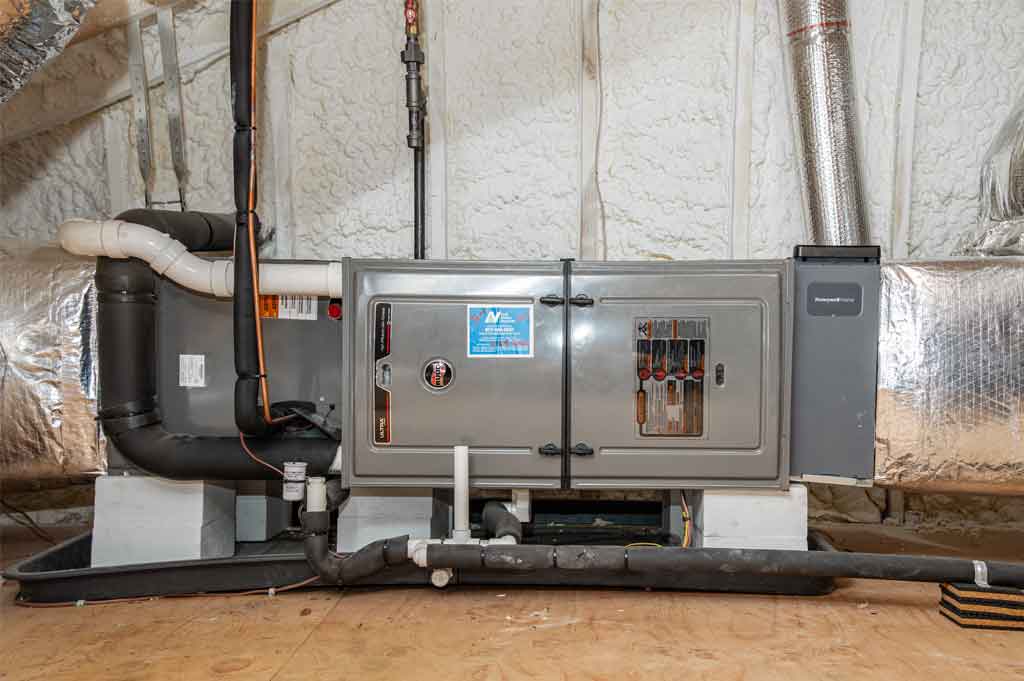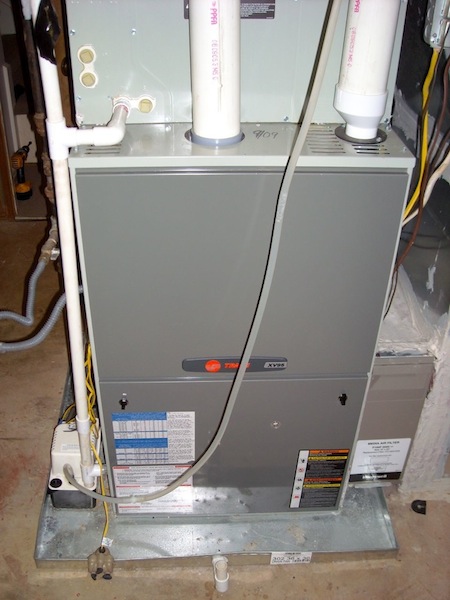
Why Consider a Replacement Furnace?
Is your home feeling a bit chilly? Perhaps your current furnace is making strange noises, or your energy bills are skyrocketing. If so, it might be time to consider a replacement furnace. A new furnace can dramatically improve your home's comfort and efficiency. It's not just about staying warm; it's about investing in your home's long-term well-being.
Over time, furnaces lose efficiency. Older models often struggle to maintain consistent temperatures, leading to uneven heating and higher energy costs. A replacement furnace, especially a modern high-efficiency model, can solve these problems.
Types of Replacement Furnaces
When it comes to replacement furnaces, you have several options. Understanding the different types can help you make an informed decision.

-
Gas Furnaces: These are the most common type, known for their efficiency and ability to heat homes quickly. They are available in various efficiency ratings, from standard to high-efficiency models.
-
Electric Furnaces: Ideal for homes without natural gas access, electric furnaces are generally less expensive to install but may have higher operating costs.
-
Oil Furnaces: While less common, oil furnaces are still used in some areas. They require regular maintenance and fuel delivery.
-
Propane Furnaces: Similar to gas furnaces, propane furnaces use propane as fuel. They are suitable for homes in rural areas without natural gas lines.
Key Factors to Consider When Choosing a Replacement Furnace
Selecting the right replacement furnace involves considering several crucial factors. Here's what you need to keep in mind:
-
Efficiency (AFUE): The Annual Fuel Utilization Efficiency (AFUE) rating indicates how efficiently a furnace converts fuel into heat. Higher AFUE ratings mean greater energy savings. Look for models with an AFUE of 90% or higher.
-
Size and Capacity: The furnace's size should match your home's heating needs. An undersized furnace will struggle to heat your home, while an oversized furnace can lead to short cycling and reduced efficiency. A professional HVAC technician can help you determine the appropriate size.
-
Installation: Proper installation is crucial for optimal performance. Hire a qualified HVAC technician to ensure your replacement furnace is installed correctly.
-
Budget: Consider both the upfront cost of the furnace and the long-term operating costs. High-efficiency models may have a higher initial cost but can save you money on energy bills over time.
-
Warranty: Look for a furnace with a comprehensive warranty to protect your investment.

The Replacement Furnace Installation Process
Installing a replacement furnace is a complex task that should be handled by a professional. Here's a general overview of the process:
-
Removal of the Old Furnace: The technician will safely disconnect and remove your old furnace.
-
Preparation of the Installation Site: The technician will inspect the installation site and make any necessary adjustments.
-
Installation of the New Furnace: The technician will carefully install the new furnace, ensuring proper connections for gas, electricity, and ductwork.
-
Testing and Calibration: The technician will test the furnace to ensure it's operating correctly and calibrate it for optimal performance.
-
Final Inspection and Cleanup: The technician will perform a final inspection and clean up the installation site.
Maintaining Your Replacement Furnace

Regular maintenance is essential for extending the lifespan and efficiency of your replacement furnace. Here are some maintenance tips:
-
Change Air Filters Regularly: Clean or replace air filters every 1-3 months.
-
Schedule Annual Tune-ups: Have your furnace inspected and tuned up by a professional HVAC technician annually.
-
Keep the Area Around the Furnace Clear: Ensure there's adequate space around the furnace for proper airflow.
-
Check for Leaks: Inspect gas lines and ductwork for leaks.
Investing in a Quality Replacement Furnace
A replacement furnace is a significant investment in your home's comfort and efficiency. By choosing the right furnace and ensuring proper installation and maintenance, you can enjoy years of reliable warmth and energy savings. Don't hesitate to consult with a professional HVAC technician to discuss your options and find the best replacement furnace for your needs.
No comments:
Post a Comment
Note: Only a member of this blog may post a comment.